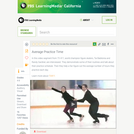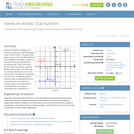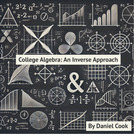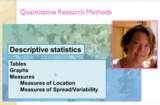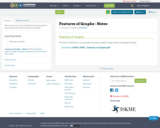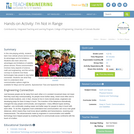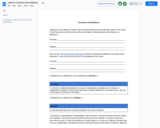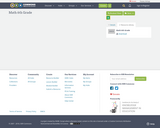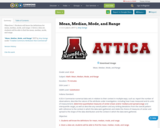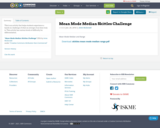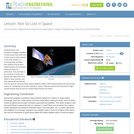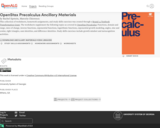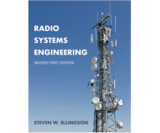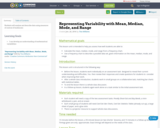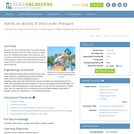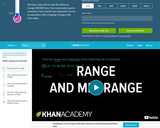Using a systems framework, this textbook provides a clear and comprehensive introduction to the performance, analysis, and design of radio systems for students and practicing engineers. Presented within a consistent framework, the first part of the book describes the fundamentals of the subject: propagation, noise, antennas, and modulation. The analysis and design of radios including RF circuit design and signal processing is covered in the second half of the book.
Key features
- Numerous examples within the text involve realistic analysis and design activities, and emphasize how practical experiences may differ from theory or taught procedures.
- RF circuit design and analysis is presented with minimal involvement of Smith charts, enabling students to more readily grasp the fundamentals.
- Both traditional and software-defined/direct sampling technology are described with pros and cons of each strategy explained.
- 517 pages. Licensed CC BY NC 4.0.
"This textbook gives engineering students a complete overview of radio systems and provides practicing wireless engineers with a convenient comprehensive reference."
- Patrick Roblin, Ohio State University
Radio Systems Engineering, Revised First Edition was previously published by Cambridge University Press (2016) ISBN 9781107068285. This version is © Steven W. Ellingson and has been lightly updated to correct known errata, minor issues with text and figures, and to present examples in color highlight boxes and some figures in color. It is made freely available and under a Creative Commons Attribution NonCommercial International License (CC BY NC 4.0).
Are you reviewing or adopting this book for a course?
Please help us understand your use by filling out this form: https://bit.ly/interest_radiosystemsengineering_revised1st
Join the instructor group (https://oercommons.org/groups/radio-systems-engineering-instructor-group/14443/) to connect with other instructors interested in this resource.
How to access the book
The main landing page for this book is https://doi.org/10.21061/radiosystemsengineering-revised1st.
The open textbook is freely available online in multiple formats including PDF and HTML [forthcoming].
A paperback print version (in color) is available for order here: https://www.amazon.com/Radio-Systems-Engineering-Revised-First/dp/1957213752
ISBNs
ISBN (PDF): 978-1-957213-76-7
ISBN (HTML): 978-1-957213-77-4 (accessible version forthcoming)
ISBN (print): 978-1-957213-75-0
Table of contents
Chapter 1: Introduction
Chapter 2: Antenna Fundamentals
Chapter 3: Propagation
Chapter 4: Noise
Chapter 5: Analog Modulation
Chapter 6: Digital Modulation
Chapter 7: Radio Link Analysis
Chapter 8: Two-Port Concepts
Chapter 9: Impedance Matching
Chapter 10: Amplifiers
Chapter 11: Linearity, Multistage Analysis, and Dynamic Range
Chapter 12: Antenna Integration
Chapter 13: Analog Filters & Multiplexers
Chapter 14: Frequency and Quadrature Conversion in the Analog Domain
Chapter 15: Receivers
Chapter 16: Frequency Synthesis
Chapter 17: Transmitters
Chapter 18: Digital Implementation of Radio Functions
Appendix A: Empirical Modeling of Mean Path Loss
Appendix B: Characteristics of Some Common Radio Systems
About the author
Dr. Steven W. Ellingson
Steven W. Ellingson is an Associate Professor of Electrical & Computer Engineering at Virginia Tech. He received the Ph.D. degree in Electrical Engineering from the Ohio State University. He held senior engineering positions at Booz-Allen & Hamilton, Raytheon, and the Ohio State University ElectroScience Laboratory before joining the faculty of Virginia Tech. His research is in the areas of antennas and propagation, applied signal processing, and radio frequency instrumentation, with funding from the U.S. National Science Foundation, National Aeronautics and Space Administration, the Defense Advanced Research Projects Agency, and the commercial communications and aerospace industries. Dr. Ellingson serves as a consultant to industry and government on topics pertaining to radio frequency systems.
Suggested citation
Ellingson, Steven W. (2023). Radio Systems Engineering, Revised First Edition. Blacksburg. https://doi.org/10.21061/radiosystemsengineering-revised1st. Licensed with CC BY NC 4.0.
View Errata: https://bit.ly/errata_radiosystemsengineering_revised1st
Report an Error: https://bit.ly/reporterror_radiosystemsengineering_revised1st
Accessibility
Virginia Tech is committed to making its publications accessible in accordance with the Americans with Disabilities Act of 1990.
